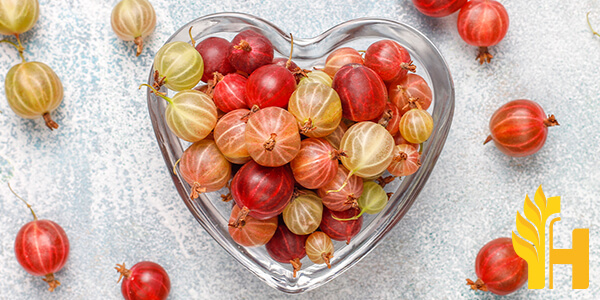Amla price

Where to buy and sell Amla, lowest (cheapest) and highest price.
check offers buy sell AmlaToday price for AmlaAmla
Emblica officinalis Gaertn or Phyllanthus emblica Linn, belonging to the family Euphorbiaceae, is a plant originally native to India but is today also found growing in Pakistan, Uzbekistan, Sri Lanka, Southeast Asia, China and Malaysia.1 In colloquial terms they are known as Indian gooseberry tree and emblic myrobalans, Malacca tree in English and amla in Hindi.The fruits are yellowish-green in color, globular in shape, fleshy, and smooth striated with an obovate obtusely triangular six-celled nut. However, the fruit is not a true nut but a berry. The surface of the fruit is rough and has a ridged pattern that can be scratched with a fingernail.
The fruit is ripe when the color turns from green to yellow, and it becomes soft and wrinkled. The fruits are alternately or sub-opposite arranged on short petioles along the stems. The leaves are simple, dark green above and paler beneath with 3 to 5 cm long blade ovate-oblong in shape with entire margin. The petioles are long having 2 to 4 cm. The flowers that bloom in summer, spring, or autumn are yellowish-white; bisexual, and pentamerous.
The plant is propagated by seeds but it also can be propagated through cuttings, air layering, and grafting.1 It grows best in moist, deep loamy soil with a pH of 6.4, high organic matter, and good drainage conditions in a warm climate. It is an important medicinal plant that grows to a height of 4-12 m. The plant belongs to the family Euphorbiaceae and its genus name "Phyllanthus" means "leaf flower", indicating that bracts may not always subtend the flowers.
Amla is an ancient Ayurvedic medicine that has been used for thousands of years. Amla oil is considered to be the most important part of the plant. Preventing Vitamin C deficiency Because the fruit is so rich in vitamin C, it helps prevent scurvy if it is consumed frequently in daily amounts.
Preventing Iron Deficiency Anemia According to the World Health Organization, about half of India's population suffers from iron deficiency anemia, also called anemia or "sickness of the blood." They report that this affects their work productivity and pregnancy outcomes. The WHO also states that this is a "major public health problem" in India. Iron deficiency anemia causes fatigue, cold hands, and feet, irritability, etc., all of which are alleviated by consuming amla regularly.
Amla is also included in many Indian recipes. It can be used in a variety of dishes to add flavor and improve the nutritional profile of the food being prepared.
Global amla (indian gooseberry) production
The Indian gooseberry, also known as amla, is a popular fruit in many parts of the world. India is one of the main producers of this fruit, and amla production has been increasing in recent years. Amla is grown in several states across India, but the majority of production takes place in Maharashtra, Andhra Pradesh, and Karnataka. In Maharashtra, amla is grown mainly in the districts of Pune, Satara, and Solapur. The state of Andhra Pradesh is the second-largest producer of amla in India, with growers in the districts of Anantapur, Chittoor, Kadapa, and Nellore. Karnataka is the third-largest producer of amla in India, with growers in the districts of Belagavi, Chickmagalur, Chitradurga, Shimoga, and Tumkur. Amla production has been increasing in recent years due to the rising demand for the fruit. Amla is used in Ayurvedic medicine and is also popular as a food ingredient due to its high vitamin C content. The Indian gooseberry is also used in cosmetics and hair care products. In 2019, India produced 1.7 million tonnes of amla, an increase from 1.3 million tonnes in 2018. Maharashtra was the largest producer of amla in India in 2019, with a production of 1.1 million tonnes. Andhra Pradesh was the second-largest producer of amla in India in 2019, with a production of 0.3 million tonnes. Karnataka was the third-largest producer of amla in India in 2019, with a production of 0.2 million tonnes. The global amla market is expected to grow at a CAGR of 5.5% from 2020 to 2025. The Asia-Pacific region is the largest market for amla, accounting for more than 60% of global production. India is the largest producer of amla in the world, followed by China and Pakistan.Download our new
Husfarm App
Stay up to date with the current prieces of agricultural products all over the world.
Do you want to sell agricultural products?
Are you an Agricultural processor looking for high-quality products to buy?
Post an ad for FREE!
